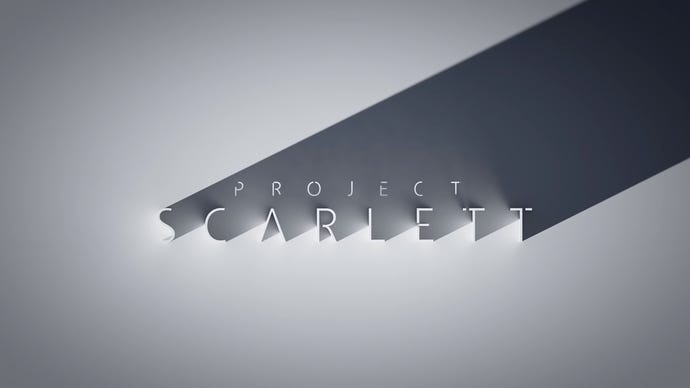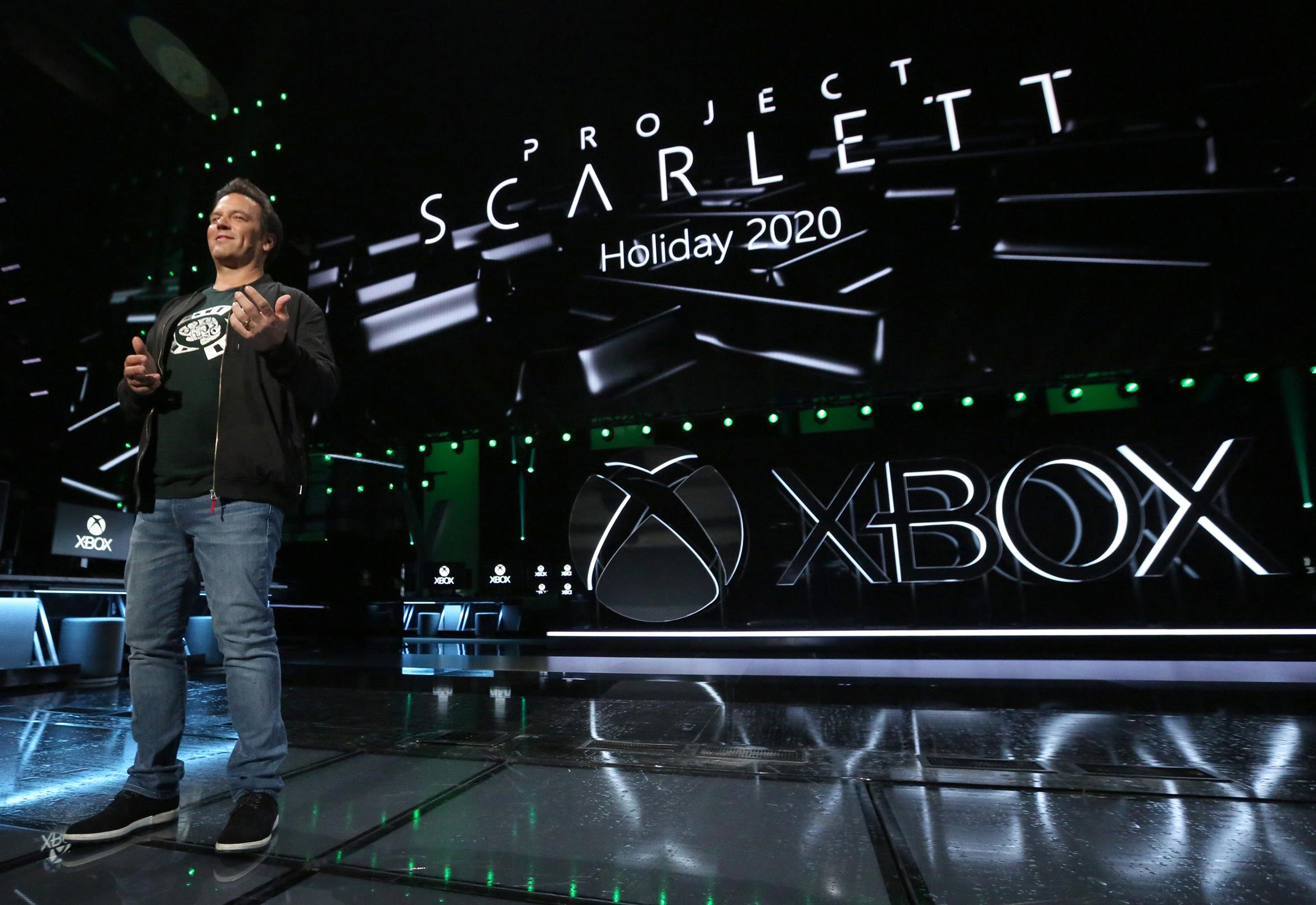Microsoft's two-console strategy for next-gen reportedly dead, focus shifts to a single device - report
Microsoft is focusing its next-gen efforts on a single box, new reports say.
Microsoft, which was at one point working on two next-gen consoles, is now once again back to a single device. Codenamed Anaconda and Lockheart, the two represented the high and low-end, respectively.
Anaconda is pilled as the most powerful, whereas Lockheart was being pitched as the lowest point of entry for the next generation. But, as Thurrott reports, Lockheart has been dropped.
Sources told reporter Brad Sams the move was the result of two key factors. First, developers have reportedly been having a "harder than expected time" developing games for two consoles with different specs. Developers already do this when creating games for PlayStation and Xbox, but the specs gap has traditionally been small.
Having what's essentially a low-end console in the mix means everyone will have to start from there and work their way up, something they couldn't do. The other reason is that Lockheart's purpose as a low entry point for next-gen just doesn't make sense when streaming exists.
Microsoft's xCloud tech has been making big strides. In other words, you don't need a box when you can stream next-gen games on any device. The gap between Lockheart's supposed low-end quality and what you might get from a stream was therefore small, so it no longer made sense to keep it.
Publicly, of course, Microsoft always referred to its next-gen console as Project Scarlett, which we were introduced to at E3 2019.
For now, at least, it looks like it'll be one console from Xbox and another from PlayStation going head-to-head - like it's always been.

